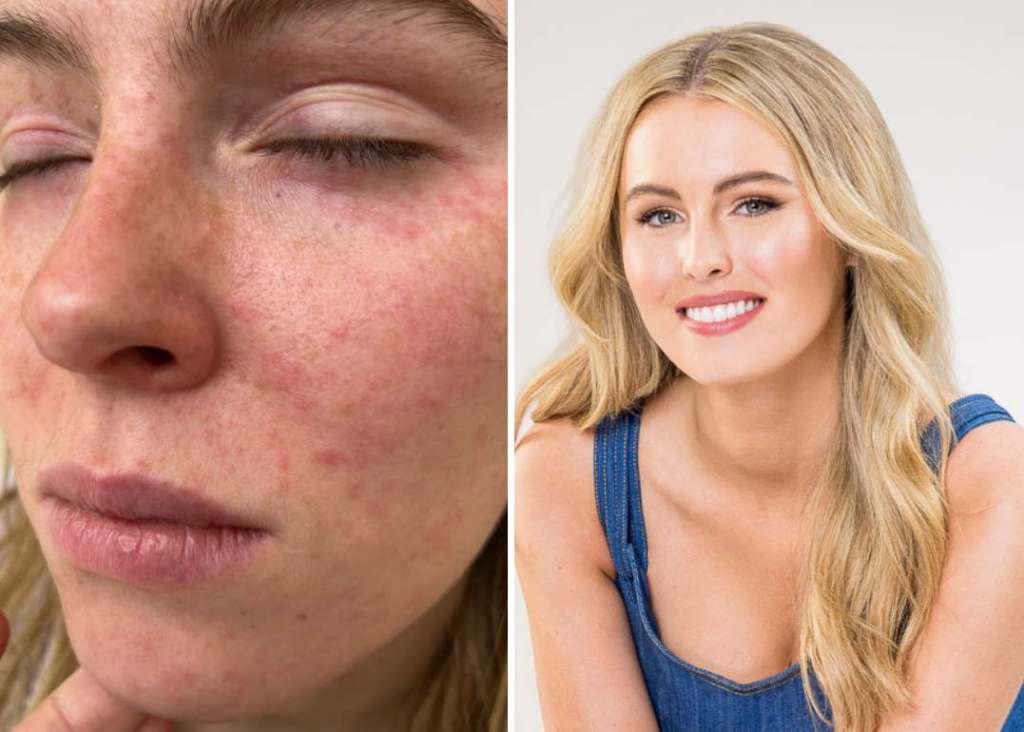Retail Beauty previously reported that the global self-tanning market is set to reach $2.22 billion (US$1.48 billion) by 2032.
Dihydroxyacetone (DHA) is the active ingredient used in most self-tanning products, whether it is naturally derived or synthetic.
Some self-tanners may also contain other artificial colours or dyes to help create a more natural-looking tan.
Naturally derived DHA is typically sourced from plant-based materials, such as sugar beets or sugar cane, and is considered by some to be a more natural alternative to synthetic DHA.
Synthetic DHA, on the other hand, is produced through a chemical reaction between glycerin and a petrochemical called methylglyoxal. Synthetic DHA is considered to be chemically identical to naturally derived DHA and has been shown to be safe for use in cosmetic products when used within the recommended concentrations.
The safety and effectiveness of self-tanning products depends on a variety of factors including the formulation of the product, the concentration of DHA used, and the individual’s skin type and sensitivity.

When Andrea Moss and her husband Dr Chris Moss needed to solve the mystery of what was triggering their daughter’s unexplained bouts of dermatitis, they discovered it was her brand of fake tan.
“Our daughter Sophie suffered unexplained dermatitis breakouts for two years,” Andrea said.
“It was thought to be from her makeup but from patch testing we found the problem was reactions to commonly used fake-tan products. This started our journey to create a self-tan product that Sophie’s sensitive skin could tolerate while it supported her skin barrier and delicate skin.”
The result was the launch of Liberty Belle Rx Miracle Tan.
The Normal to Dry Skin formula includes rejuvenating actives such as watermelon seed oil to boost moisturisation, squalane to support the skin barrier and antioxidant rich acai sterols.
The Normal to Oily Skin formula includes clarifying actives such as papaya extract for gentle exfoliation, antioxidant rich prickly pear seed oil that helps control excess sebum production, non-comedogenic and antioxidant rich grapeseed oil, and tea tree and manuka essential oils, which are both known for their antibacterial properties.
“Sophie has an oily T-zone we took the extra step of adding actives to help control the excess oil so often associated with teenage skin congestion,” Andrea explained.
“We also created a rejuvenating self-tan cream for my mature and drier skin. Sophie wants to share her dermatitis experience to help others.”
Andrea said both Miracle Tan formulations used naturally derived DHA instead of the synthetic version and naturally derived erythrulose for a longer-lasting tan.
“Many tanning products on the market use a mixture of Red (FD&C Red 4), Yellow (FD&C Yellow 5) & Blue (FD&C Blue 1) food dyes to colour their products the bronze-brown colour,” she said.
“The Liberty Belle Rx Miracle Tan Moisturiser formulations are not your ordinary self-tans. With over 20 years of skin expertise, meticulous testing and extensive research, these self-tans have been developed to support skin quality while delivering a beautiful sun-free tan. The formulations exclude the following ingredients that can cause skin irritations such as dermatitis: parabens, mica, synthetic fragrances, mineral oil & synthetic dyes. We also always exclude the following from all of our Liberty Belle Rx products; silicones, sulfates (SLS & SLES), petroleum and mineral oils, DEA (diethanolamine), GMOs, formaldehyde, phthalates and MIT (methylisothiazolinone).
Both Miracle Tan Moisturisers are currently being sold at the introductory price of $55 (RRP $110).
“We want to ensure that everyone has the opportunity to try this amazing product and demand will be monitored to determine when the promotion will end,” Andrea said.
Read the current issue of our digital magazine below:
- For more news and updates, subscribe to our weekly newsletter
- Follow us on Instagram
- Like us on Facebook
- Connect with us on LinkedIn

